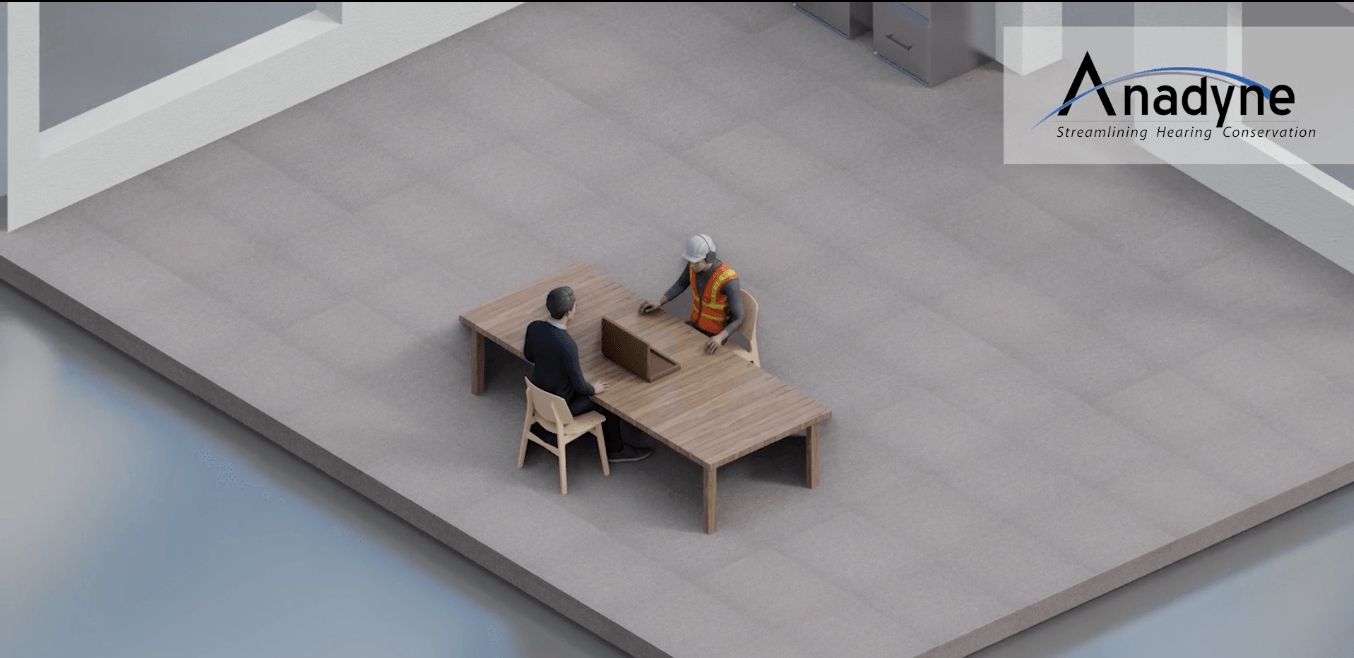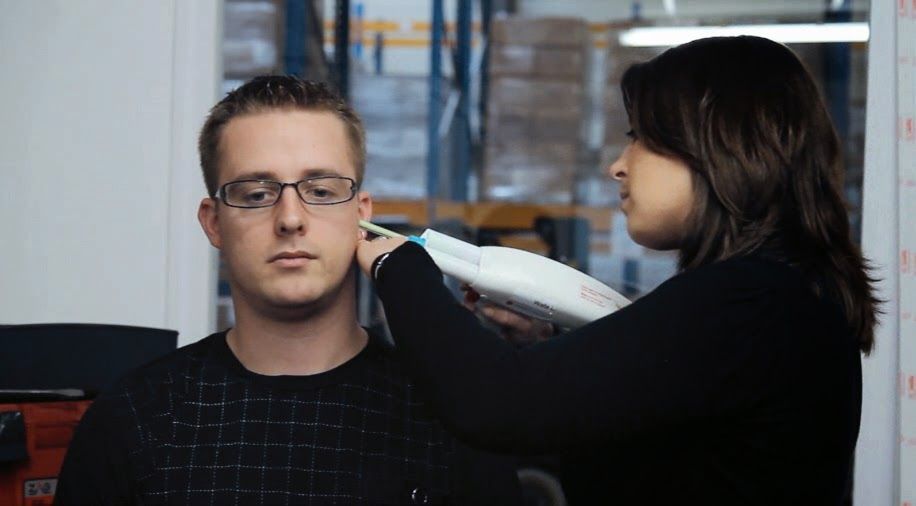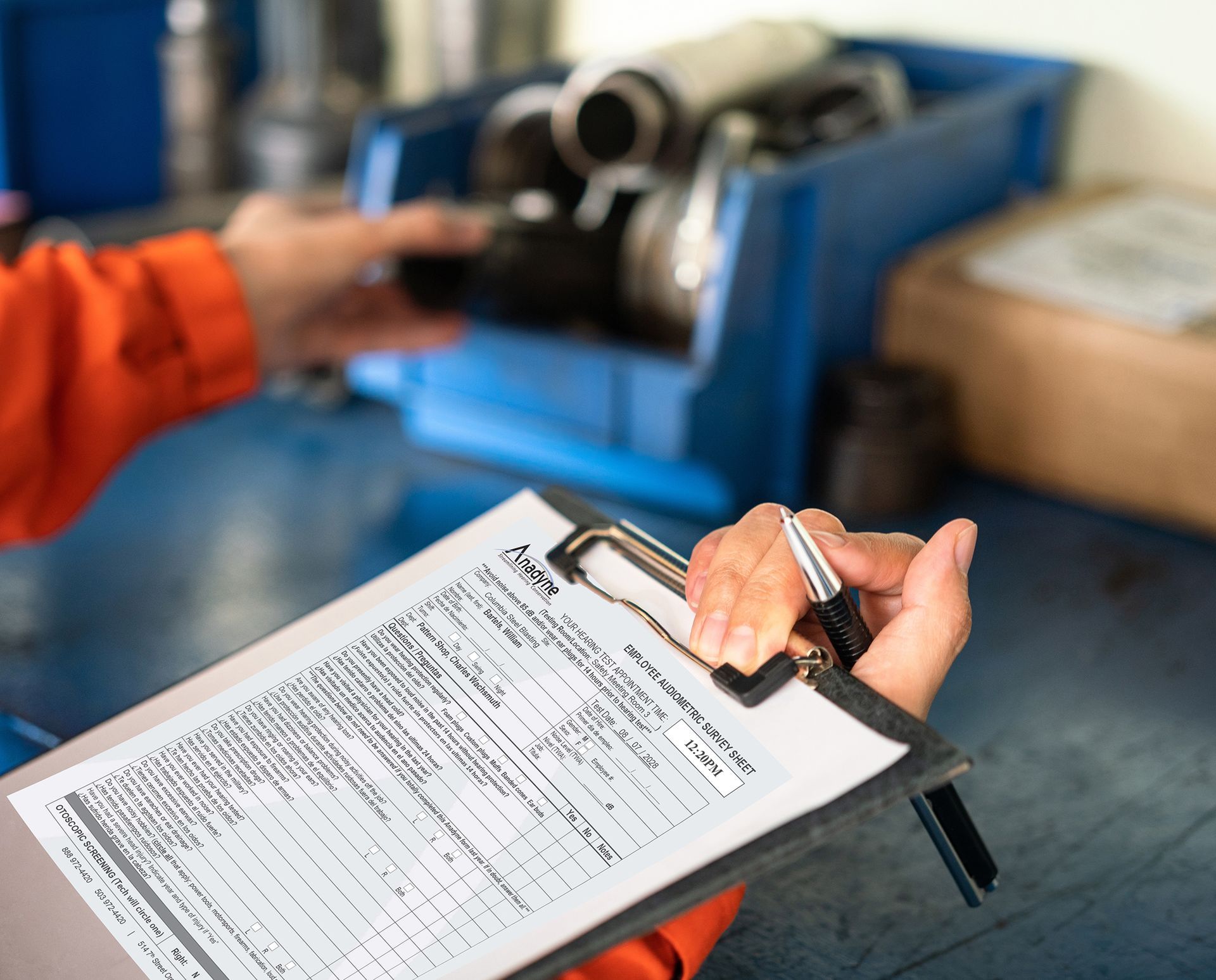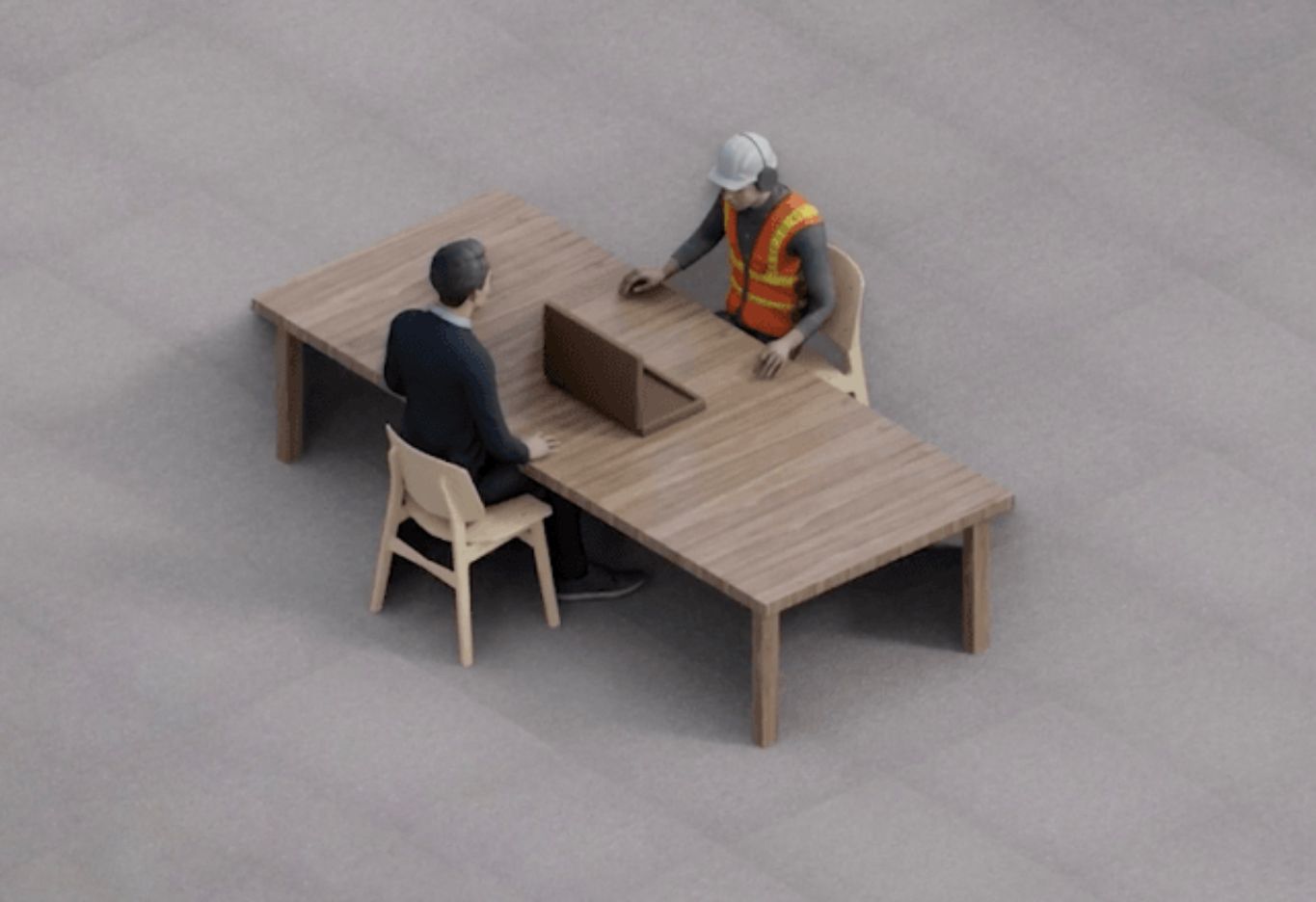All About Hearing Protection
With all the sounds and commotion in the world in this day and age, noise induced hearing loss is something that can happen to anyone. The only way to avoid such damage is diligence in using hearing protection, knowing the best kind of hearing protection for the environments that you navigate and ensure that you wear that hearing protection correctly.
Hearing loss is a cumulative injury. If you work in a noisy work place or navigate a noisy urban environment, or even abuse personal listening devices, every time you doesn’t use hearing protection hearing damage gets a little bit worse, layering on top of the damage you may have already done. Here’s a quick and easy guide to ensuring hearing safety in your work environment.
Know Your Environment
Most industrial noise exposures are less than 95 dBA, which means most workers require no more than about 10 dB of noise reduction to meet the NIOSH Recommended Exposure Limit of 85 dBA. Almost any hearing protector out there, when fit correctly, can provide 10 dB of sound reduction. If you do not know the noise levels at your worksite, you should find out ASAP. If you need to raise your voice to speak to someone 3 feet away, noise levels might be over 85 decibels. There are allot of different Smartphone apps out there to measure the noise exposure at your place of employment including the NIOSH Sound Level Meter. There are also sound level meters, noise dosimeters, and octave band analyzers.
Noise may be a problem in your workplace if you:
- Hear ringing or buzzing in your ears when you leave work.
- Have to shout to be heard by a coworker an arm’s length away.
- Experience temporary hearing loss after leaving work.
The Best Noise Protection for the Job
Louder environments demand higher levels of noise reduction, but beware of reducing sound too much. Just as too little slight a level of protection can be dangerous to your ears, too little sound can make you feel isolated, confused and less aware of their surroundings. Overprotection can be dangerous as you may the need to remove your hearing protector to hear someone speak or listen to your equipment creating a dangerous window for hearing damage. The ideal is to aim for just enough noise reduction to bring your exposure down to 75-85 dBA.
The Noise Reduction Rating on hearing protector packaging represents the amount of noise the hearing protector blocked when tested in a laboratory. The best way to know how much noise reduction you are getting from a hearing protector is by fit testing. If fit-testing is not available at your workplace, you can check earplug fit by counting out loud while slowly cupping and un-cupping your hands over your ears; if you have a good fit, your voice should sound about the same as you cup and un-cup your ears. For noise exposure of 100 dBA or greater, like a chainsaws or jackhammers or if you are exposed to impulsive sounds such as gunshots, you should wear double hearing protection, likes earmuffs over your earplugs.
Protect Your Hearing Today To Hear Tomorrow
If you have no control over the sound issues at your place of work or living situations, the easiest solution to ensure you protect you hearing safety at the workplace is wearing the proper hearing protection. Hearing health relies on knowing how to protect your hearing and how to select the right form of hearing protection. Take a few minutes every day to make sure you are using the best hearing protection for your work tasks. Once you know what works best for your needs make sure you wear it every time you are exposed to noise levels above 85 dBA. Your ears, your health and your quality of life will all be better off! To find out more about the best hearing protection for you and your employees, contact us at Anadyne.
The post All About Hearing Protection appeared first on Anadyne.










